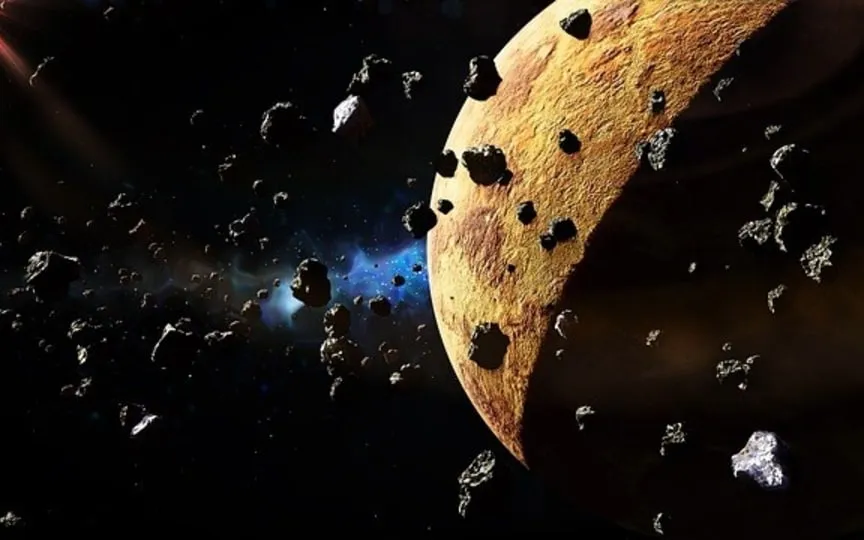NASA’s Apollo Group Asteroid: Is it a Threat to Earth?
Have you ever considered the potential consequences if an asteroid collided with Earth? The mere idea is frightening. Although such an event has not occurred recently, the danger remains ever-present. It is an unavoidable reality, which is why space agencies like NASA diligently monitor all approaching asteroids. While humans cannot prevent an approaching asteroid, NASA has accomplished a successful test mission known as DART, where they were able to alter the trajectory of an asteroid.
NASA recently said that its OSIRIS-REx spacecraft is expected to deliver a capsule containing asteroid samples from Bennu on September 24. This sample can be very useful for learning about the origin of our solar system, as well as about the asteroid Bennu, which is expected to visit very close to Earth in the future.
Apart from that, many asteroids visit our planet and now NASA has tracked one more asteroid called 2023 SQ1 which is approaching Earth fast and will be very close tomorrow. Let’s see what this asteroid has for Earth this time:
Asteroid 2023 SQ1
According to the latest data from NASA, the asteroid named 2023 SQ1 is accelerating towards Earth. This house-sized asteroid is 58 feet across. It is expected to make a close visit to Earth on September 24. Its closest approach to Earth is estimated to be 2.09 million kilometers. It was first spotted by NASA on September 12th and last spotted on September 19th. It moves towards Earth at a speed of 73868 kilometers per hour.
Is it dangerous?
As stated by NASA, this asteroid belongs to the Apollo family. These are considered potentially hazardous asteroids. Due to its small size, asteroid 2023 SQ1 is not necessarily a dangerous object for our planet. According to NASA, only asteroids larger than 492 feet are considered potentially hazardous. However, even small asteroids can cause massive damage, just like the Chelyabinsk meteor did. It was only 59 feet wide and injured 1,200 people when it exploded in the South Ural region of Russia in 2013.




